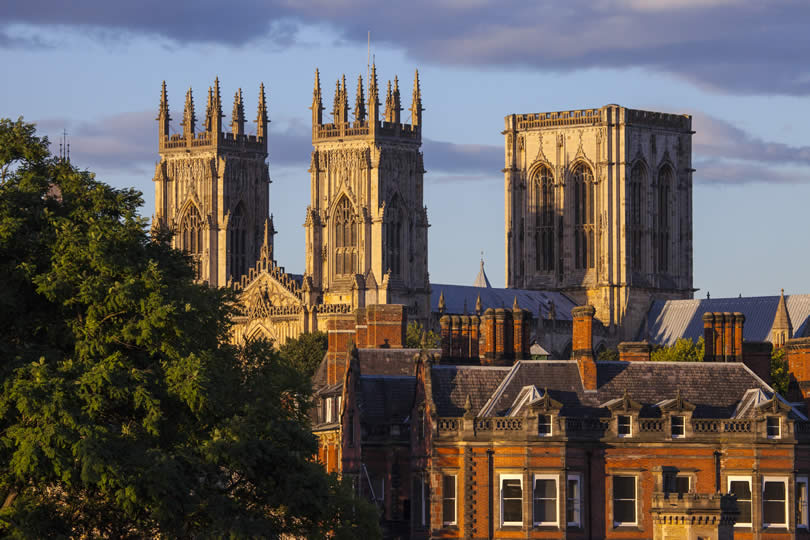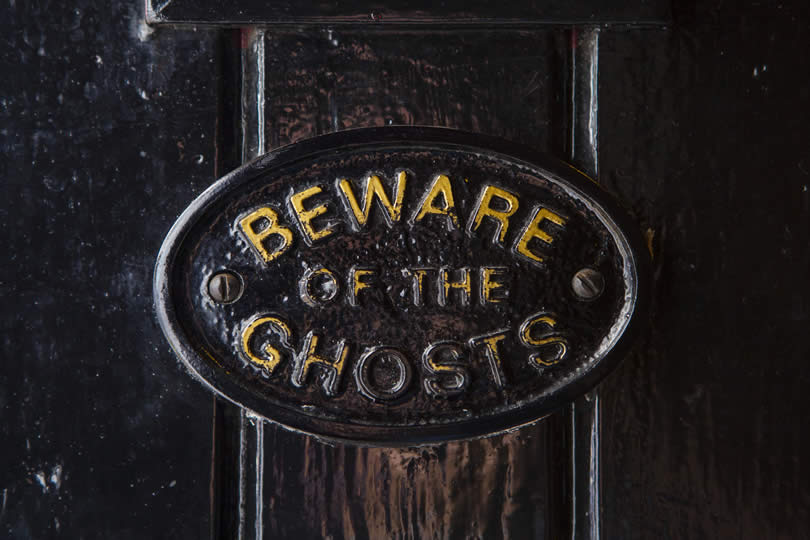Travel Guide York UK
A budget travel guide to York UK
The town of York is a fine place to visit, with much to do and to see. However, you do need to plan ahead if you want go there on a budget. Decide in advance what you want to see, where you want to stay and how you are going to travel.
Make a list of the better-value eating out and shopping places. By preparing like this, you can negotiate for the best prices, right down to travelling to your destination. Spring and autumn are the best times of year in which to go. Not only is the climate moderate at these times, averaging between 10 and 16 degrees, but both accommodation and your travel there are likely to be less expensive.
How to get to the city
York lies on the intersection of several major motorways, including the A19, the A59 and the A64. This connectivity means that you can access the city by motorcar, bicycle and motor coach.
National Express coaches arrive at York Rail Station, on Station Road. Be aware that this company does place luggage restrictions. TransPennine Express connects York with other major UK cities, such as Newcastle, Scarborough and Leeds.
If travelling from London, you leave from King’s Cross station. TransPennine Expresss operates an hourly express train service from Manchester Airport to York, so air travel is an option. Once in the city, the main form of public transport is the First York bus service, while City Sightseeing runs inexpensive excursions.
Stay within your Budget
You will find budget accommodation at the Travelodge York Central Hotel, which is near all major attractions. Farther away are Travelodge hotels on Hull Road and at Tadcaster, south-west of York.
Alternatively, search for bed & breakfast accommodation, student hostels, and hotels that offer discounts to groups or out-of-season visitors.
Explore the City
Overall, the most enjoyable York pastimes are exploring those attractions that bring you in contact with the history of the city. The Romans founded the town of York in 71 AD and by the 300’s, it had become a Roman fortress. With the decline of the Roman empire, the Angles took it over, renamed it Eoforwic and established the town as an ecclesiastical centre or Minster.
Later on, Vikings invaded Northumbria, turned York into a trading port and renamed it Jorvik. Various conquests and re-conquests followed, including the Norman Conquest in 1066. Over the following centuries, Jorvik became York, with various political and social influences giving the town the unique character it has today.
The place where all of these histories converge is the Museum Gardens. This botanic attraction is situated beside the River Ouse, and is open to the public during the day. This time varies according to the seasonal daylight hours, so check in advance of your visit. Admission is usually free, but special events do require a charge.
Once inside, you can see a potential 4,500 trees and shrubs. You will be able to see parts of the old Roman city wall, including the Multangular Tower. Built by Septimus Severus in 310-320 AD, it is named after its ten sides, four of which are now missing so that visitors can access the inside of the tower.
In the garden, another important ruin is St Mary’s Abbey. William the Conqueror began building it in 1088 and five centuries later, Henry the Eight ordered its destruction during his church reformation. However, the nearby St Olave’s Church is intact. In existence since 1055, it is dedicated to the King of Norway. It has been restored and rebuilt many times since.
Both its north and south doors date from the eighteenth century. Its east window was made in the fifteenth century and the various stained glass lights feature saints. In one light, St Olave sits alongside St Dunstan who is holding a pair of tongs, recounting the legend whereby he pulled on the devil’s nose with a pair of red-hot pincers. To experience a slice of Viking York, go to the Jorvik Centre. It is advisable to book this attraction in advance, since school parties do fill the place during term time.
Inquire at the Visit York Information Centre on Museum Street about the numerous walking tours in and around the city. This street is the starting point of the free York historical walk. In this ancient city of dark deeds and unexplained happenings, numerous ghost walks are available, and do not forget to ask about the ghost bus tour. Inquire also about the walking, cycling and bus excursions to the Yorkshire Dales and the moors.
Eating and Drinking
Like all cities, York has a selection of restaurants and eateries to cater for every taste and every pocket. In addition to the usual selection of sandwich bars and fast food outlets, York has a number of high-quality inexpensive restaurants.
Vegetarians and vegans should try the Postern Gate on Piccadilly. To enjoy pub grub, go to The Hole in the Wall on High Petergate. Italian food aficionados will like Mamma Mia at Gillygate, and Crumbs Cupcakes on College Street is the place to go for afternoon tea.
For a late-night drinking experience, go to the House of Trembling Madness on Stonegate. During the day, shoppers seeking locally-produced goods will enjoy the Shambles Market on Silver Street. Once more, remember to plan your visit to York, book essential services and attractions in advance, and you will have a superb time.






